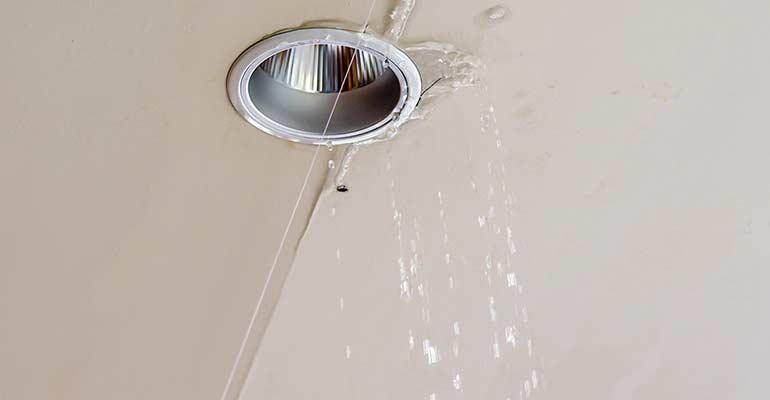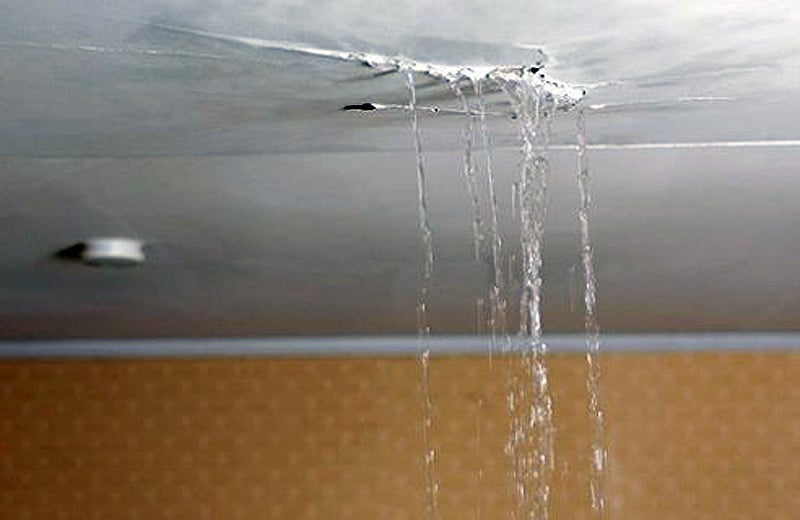Expose Common Origins of Water Leaks Within The House
Expose Common Origins of Water Leaks Within The House
Blog Article
The writer is making several great annotation on the subject of How Fast Water Damage Can Ruin Your Home overall in this great article below.

Leakages not only trigger waste of water but can additionally trigger unneeded damage to your house and promote undesirable organic growth. By looking and comprehending for day-to-day situations that cause leakages, you can protect your home from future leakages and also unnecessary damage.
Elbowing in roots
Many water leaks begin outside the home instead than inside it. You might observe wet patches or sinkholes in your yard, and that might mean that tree roots are invading water lines triggering water to seep out.
Corroded water supply
As time passes by, your plumbing system ages and corrosion such as rust might start eating away the pipelines. This might be the root cause of discoloration or bending on your pipes. This calls for an inspection with your plumber promptly. If our plumbing system is old, consider replacing the pipelines given that they go to a greater danger of rust than the more recent versions.
Faulty Pipeline Joints
The factor at which your pipelines attach is regularly the weakest web link in the waterline. Pipe joints can deteriorate with time, causing water leaks. However, the majority of pipeline joints are not quickly visible. If you have noisy pipes that make ticking or banging sounds, especially when the warm water is turned on, your pipe joints are most likely under a great deal of pressure. It is suggested to have your plumber inspect your system once a year.
Immediate temperature level modifications.
Severe temperature modifications in our pipes can trigger them to expand and contract unexpectedly. This development and also tightening may trigger cracks in the pipelines, particularly if the temperature level are below freezing. It would certainly be best if you kept an eye on just how your plumbing functions. The presence of the formerly stated scenarios often indicates a high risk.
Poor Water Connectors
Sometimes, a leakage can be caused by loose hose pipes and pipes that supply your appliances. Most of the time, changing is what causes the loose water Links. You may discover in the case of a cleaning equipment, a hose pipe might spring a leak due to drinking throughout the spin cycle. In case of a water connections leakage, you may see water running straight from the supply line or pools around your devices.
Clogged Drains
Obstructed drains may be irritating and inconveniencing, however they can in some cases end up creating an overflow leading to break pipelines. Maintain eliminating any kind of materials that may drop your drains pipes that can block them to avoid such aggravations.
All the above are sources of leaks yet not all water leakages arise from plumbing leakages; some leaks could come from roof covering leaks. All leaks must be fixed instantly to avoid water damages.
Leaks not just trigger waste of water yet can also cause unnecessary damage to your home and advertise undesirable natural growth. By looking as well as comprehending for day-to-day scenarios that trigger leakages, you can safeguard your home from future leakages as well as unneeded damage. Today, we will certainly look at 6 leakage triggers that might be causing your pipelines to leak.
At times, a leakage can be triggered by loosened hose pipes as well as pipes that supply your appliances. In case of a water links leakage, you might discover water running directly from the supply line or pools around your appliances.
How To Check For Water Leak In Your Home
How To Check for Leaks
The average household's leaks can account for nearly 10,000 gallons of water wasted every year and ten percent of homes have leaks that waste 90 gallons or more per day. Common types of leaks found in the home are worn toilet flappers, dripping faucets, and other leaking valves. These types of leaks are often easy to fix, requiring only a few tools and hardware that can pay for themselves in water savings. Fixing easily corrected household water leaks can save homeowners about 10 percent on their water bills.
To check for leaks in your home, you first need to determine whether you're wasting water and then identify the source of the leak. Here are some tips for finding leaks:
Take a look at your water usage during a colder month, such as January or February. If a family of four exceeds 12,000 gallons per month, there are serious leaks.
Check your water meter before and after a two-hour period when no water is being used. If the meter changes at all, you probably have a leak.
Identify toilet leaks by placing a drop of food coloring in the toilet tank. If any color shows up in the bowl after 10 minutes, you have a leak. (Be sure to flush immediately after the experiment to avoid staining the tank.)
Examine faucet gaskets and pipe fittings for any water on the outside of the pipe to check for surface leaks.
Undetected water leaks can happen without the home or business owner even realizing. If you suspect a water leak, but not able to find the source. It is time to contact a professional water leak detection service, The Leak Doctor.
How To Find a Water Leak In Your Home
https://www.leakdoctor.com/blog/How-To-Check-For-Water-Leak-In-Your-Home_AE197.html

We were brought to that article about How Fast Water Damage Can Ruin Your Home through a good friend on another web page. Sharing is caring. One never knows, you may very well be doing someone a favor. Thanks a bunch for your time. Visit again soon.
Plumbing integrity assured. Report this page